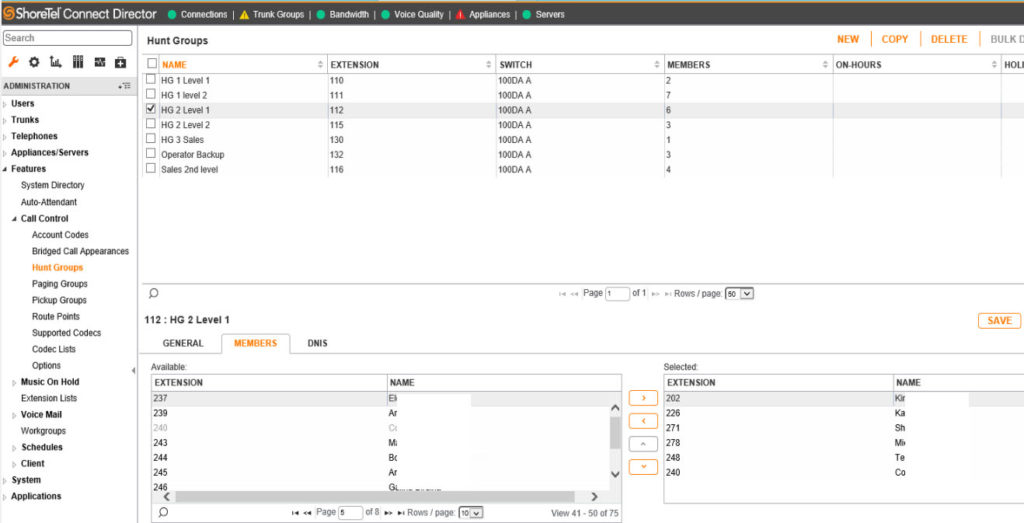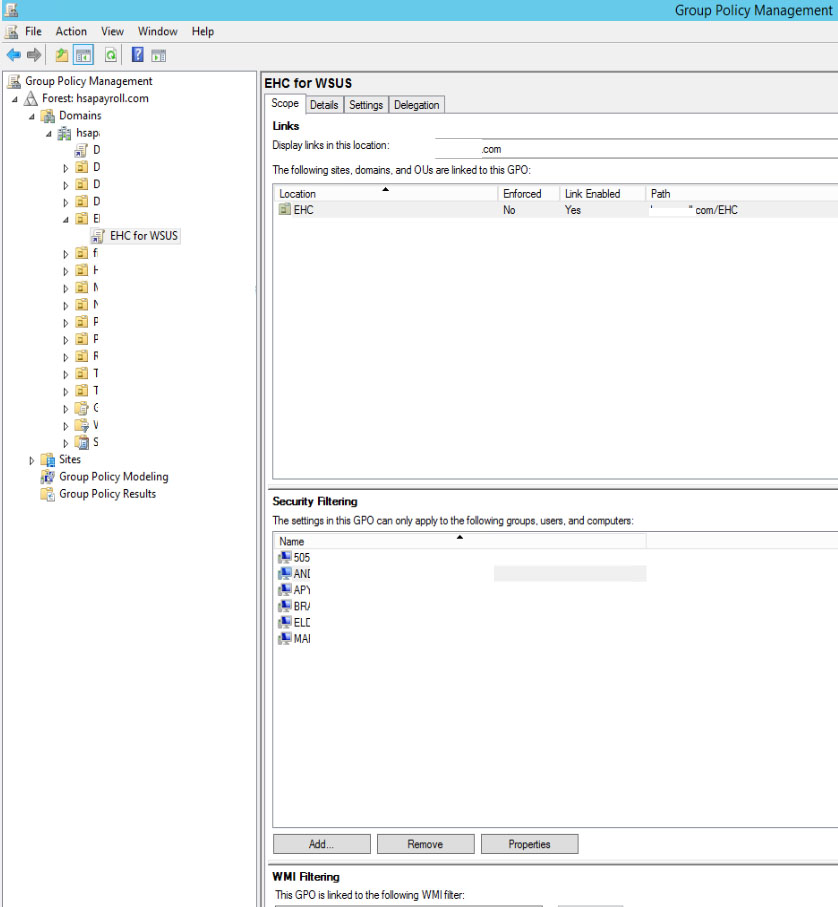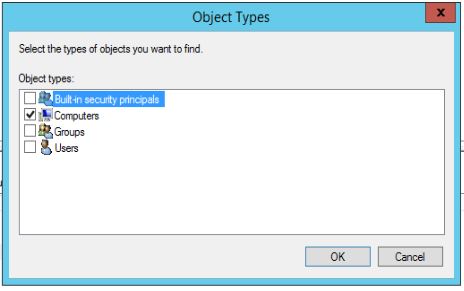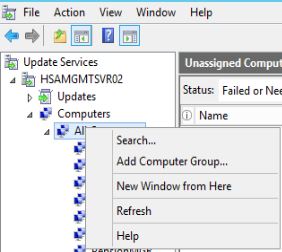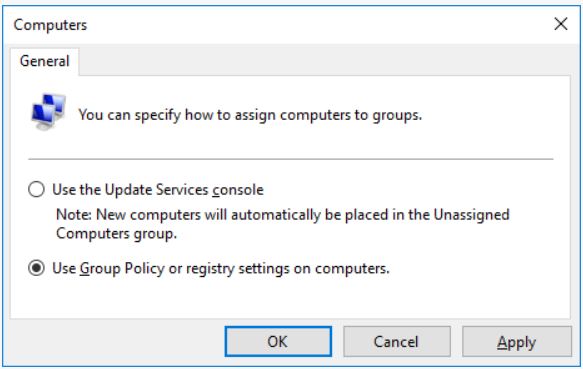Dual-band routers broadcast on two different frequencies: 2.4 GHz and 5 GHz. The 5 GHz band offer faster data rates for shorter distance, while the 2.4 GHz band offer long distance coverage but slower data rates. The 2.4 GHz band ranges from 2.412 – 2.472 GHz, divided in 13 channels and the 5 GHz band ranges from 5.180 – 5.825 GHz and has 23 channels. 2.4 GHz band is very much congested and results in dropped connections also while the 5 GHz band have less congestion and offer high speeds.
The 2.4 GHz band is widely used by most of the wireless devices making it crowded and noisy. Currently, 2.4 GHz is oversaturated with devices. That’s because almost every smartphone, tablet and laptop uses either Wireless-G or Wireless-N to connect to receive Internet. Imagine what would happen if twenty people tried to exit a bus through the same exit at the same time – the same holds true for data transmissions. The air can only hold so much traffic at any one time.
The simplest solution to solving oversaturation of a broadcast frequency: Try switching to another frequency. Almost no one uses the 5 GHz bandwidth. 5 GHz: 802.11ac broadcasts entirely on the 5 GHz broadcast spectrum. The wireless-AC standard remains today’s fastest, consumer-available means of connecting to your computer.
Which one should you choose?
•If you want faster speeds, 5 GHz is a better choice than 2.4 GHz.
•5 GHz band are great for HD media streaming while 2.4 GHz band are great for everyday web browsing.
•If you want longer wireless range, 2.4 GHz is a better choice than 5 GHz.
•If you are using lots of devices that use 2.4 GHz and you are experiencing interference or connectivity issues, then 5 GHz is a better choice.
The best resolution is purchasing dual-band and configure one SSID (for example chicagotech) instead of two SSID (for example 2.4GHz and 5GHz).
